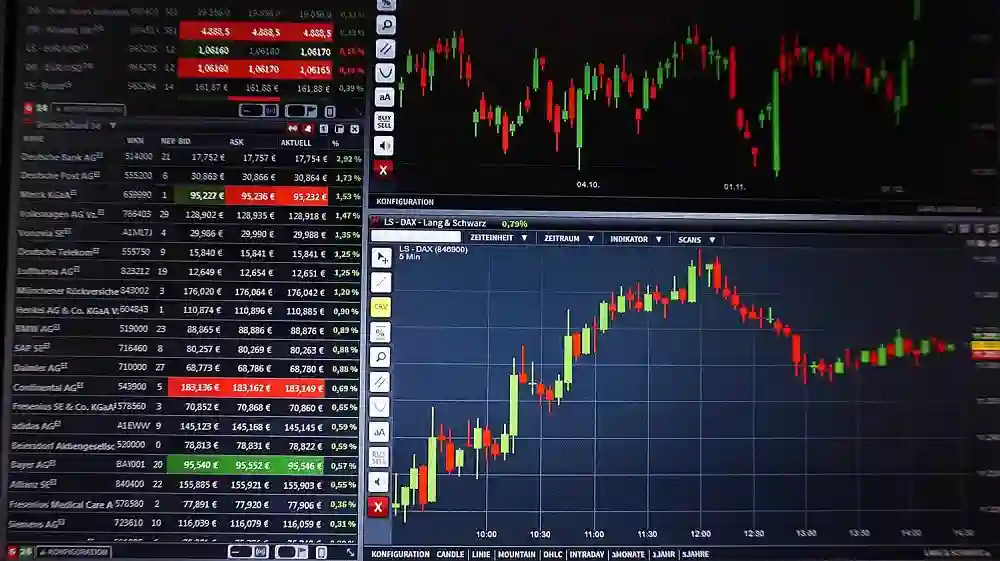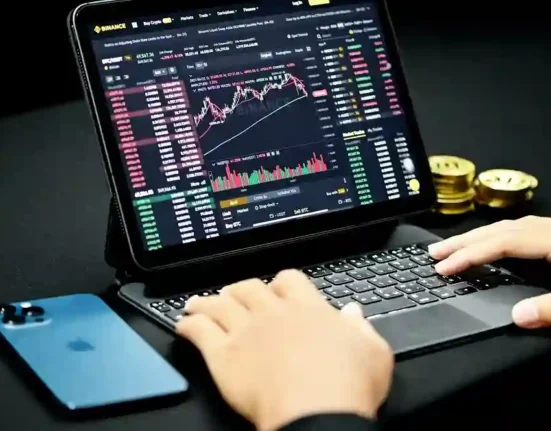In the fast-paced world of Forex trading, precision is paramount. The ability to enter and exit trades at optimal points can make the difference between success and failure. For Forex robot traders, fine-tuning entry and exit criteria is essential for maximizing profitability and minimizing risk. This article explores the significance of entry and exit criteria in Forex robot trading, strategies for refining these parameters, and the impact on overall trading performance.
The Importance of Entry and Exit Criteria:
Entry and exit criteria serve as the foundation of Forex trading strategies, dictating when to enter and exit trades based on predefined rules and conditions. For Forex robot traders, these criteria are encoded into algorithms, guiding the decision-making process and determining trade execution. Effective entry and exit criteria are essential for capturing profitable opportunities, managing risk, and maintaining consistency in trading performance.
Key Concepts of Entry and Exit Criteria:
Entry Criteria:
Entry criteria define the conditions that must be met before initiating a trade. These conditions may include technical indicators, price patterns, market sentiment, or fundamental factors. Common entry criteria include trend-following indicators (e.g., moving averages), momentum indicators (e.g., RSI), and price action patterns (e.g., breakouts, reversals). Entry criteria aim to identify high-probability trading opportunities and signal when to enter a position.
Exit Criteria:
Exit criteria determine when to close a trade and realize profits or cut losses. These criteria are equally important as entry criteria and play a crucial role in managing risk and maximizing profitability. Exit criteria may include profit targets, stop-loss levels, trailing stops, or signals from technical indicators. The goal of exit criteria is to lock in profits, limit losses, and ensure disciplined risk management throughout the trading process.
Optimization and Parameterization:
Fine-tuning entry and exit criteria involves optimizing parameters such as entry and exit thresholds, timeframes, and risk-reward ratios. This process may require backtesting different parameter combinations using historical market data to identify the optimal settings that yield the best results. Parameterization allows Forex robot traders to adapt their strategies to different market conditions and optimize performance over time.
Strategies for Fine-Tuning Entry and Exit Criteria:
Historical Data Analysis:
Begin by analyzing historical market data to identify patterns, trends, and relationships between different variables. Look for recurring price patterns, support and resistance levels, and correlations between technical indicators and price movements. Historical data analysis provides valuable insights into market dynamics and helps inform the development of entry and exit criteria.
Backtesting and Optimization:
Conduct thorough backtesting of Forex robot strategies using historical market data to evaluate the performance of different entry and exit criteria. Test various parameter combinations, including different technical indicators, timeframes, and risk management rules, to identify the most effective settings. Optimize entry and exit criteria based on backtesting results to maximize profitability and minimize risk.
Robust Risk Management:
Implement robust risk management principles when fine-tuning entry and exit criteria to protect trading capital and preserve profitability. Set appropriate stop-loss levels, profit targets, and position sizes based on risk-reward ratios and account for market volatility and drawdowns. Prioritize risk management alongside entry and exit criteria to ensure consistent and sustainable trading performance.
Adaptability to Market Conditions:
Ensure that entry and exit criteria are adaptable to changing market conditions and capable of capturing opportunities across different market environments. Consider incorporating dynamic adjustments based on volatility levels, trend strength, and other relevant factors to optimize trading performance in real-time. Adaptability is key to staying responsive to evolving market dynamics and maintaining a competitive edge in Forex trading.
Impact on Overall Trading Performance:
Fine-tuning entry and exit criteria can have a significant impact on overall trading performance, influencing profitability, risk management, and consistency in trading outcomes. Well-defined entry criteria increase the likelihood of entering trades at optimal points, maximizing profit potential and minimizing the risk of missed opportunities. Similarly, effective exit criteria help lock in profits, limit losses, and ensure disciplined risk management throughout the trading process.
Conclusion:
Fine-tuning entry and exit criteria is a critical aspect of Forex robot trading, essential for maximizing profitability, managing risk, and achieving consistent trading results. By optimizing entry and exit parameters through historical data analysis, backtesting, and robust risk management, Forex robot traders can enhance the effectiveness of their strategies and adapt to changing market conditions with confidence and precision. With precision in motion, Forex robot traders can navigate the complexities of the Forex market and capitalize on opportunities with clarity and resilience.



